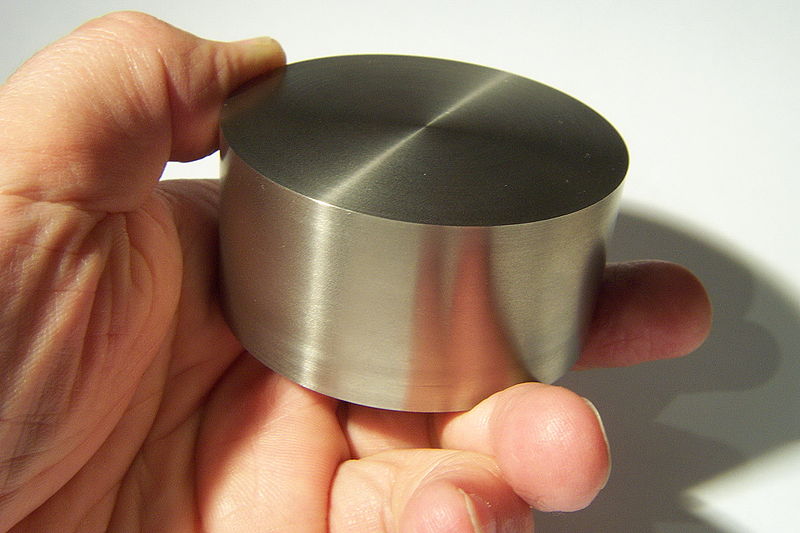New Additive Manufacturing Process Leads to Stronger Alloys

Rapidly cooled titanium parts showed a greater strength than similar naturally cooled parts. Courtesy of Wikimedia Commons.
Latest News
July 11, 2013
From talking to engineers, some of the few remaining qualms surrounding the use of parts built using additive manufacturing (AM) are strength and quality. This is particularly the case with 3D printed metal parts intended for use in the automotive and aerospace industries. Although AM can build highly complex parts using less material – which results in lighter overall parts – if those same parts consistently fail under pressure, the benefits of AM are quickly outweighed by the negatives.
A new process developed by the University of Rostock in Germany could help alleviate some of those concerns. The university’s research into metal AM has focused on spark plasma sintering (SPS) as the method of building parts. SPS uses pulse energizing and mechanical pressure to quickly sinter metal powder into the desired shape. While SPS isn’t new, the step immediately following a build is where researchers have made a breakthrough.
Researchers used a titanium alloy part for their experiment. Instead of allowing a part to cool naturally, it was subjected to a two-step cooling process. From the paper:
“The SPS vacuum was broken and flooded with argon gas and then quenched with high-velocity nitrogen gas. An a + b Ti6Al4V alloy was used as a model material. The heat transfer coefficient of the Ti6Al4V alloy during quenching was numerically simulated, and the effects of the cooling rate on the mechanical properties and microstructures of the alloy were investigated. The results prove the feasibility of the rapid cooling -SPS process and open the door for the processing of numerous other metallic powder-based material systems.”
When analyzed, the part was found to be 12% harder than titanium parts left to cool naturally, and had an improved ductility up to 34±3%. Additionally, the research suggests the faster a part is cooled, the harder it becomes.
Titanium alloys are commonly used in both the aerospace and medical industries, making the research a potential breakthrough for AM-built parts. The research team also concluded the same process of rapid cooling could work with other allows, expanding the reach of the process into a number of other manufacturing industries.
The paper “The potential of rapid cooling spark plasma sintering for metallic materials” can be found in the journal Materials Today. Below you’ll find a video overview of a SPS system.
Source: Materials Today
Subscribe to our FREE magazine, FREE email newsletters or both!
Latest News
About the Author
John NewmanJohn Newman is a Digital Engineering contributor who focuses on 3D printing. Contact him via [email protected] and read his posts on Rapid Ready Technology.
Follow DE






